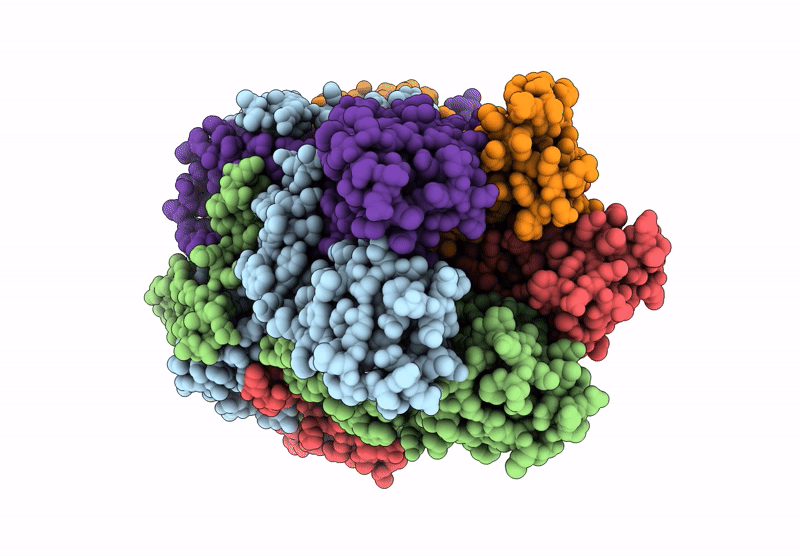
Deposition Date
2024-11-01
Release Date
2025-03-19
Last Version Date
2025-04-02
Entry Detail
PDB ID:
9KCA
Keywords:
Title:
Cryo-EM structure of docked mouse bestrophin-1 in a closed state
Biological Source:
Source Organism:
Mus musculus (Taxon ID: 10090)
Escherichia coli (Taxon ID: 562)
Escherichia coli (Taxon ID: 562)
Host Organism:
Method Details:
Experimental Method:
Resolution:
3.18 Å
Aggregation State:
PARTICLE
Reconstruction Method:
SINGLE PARTICLE


